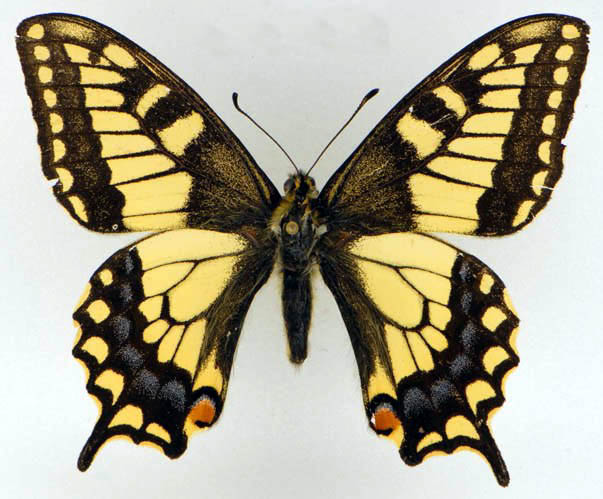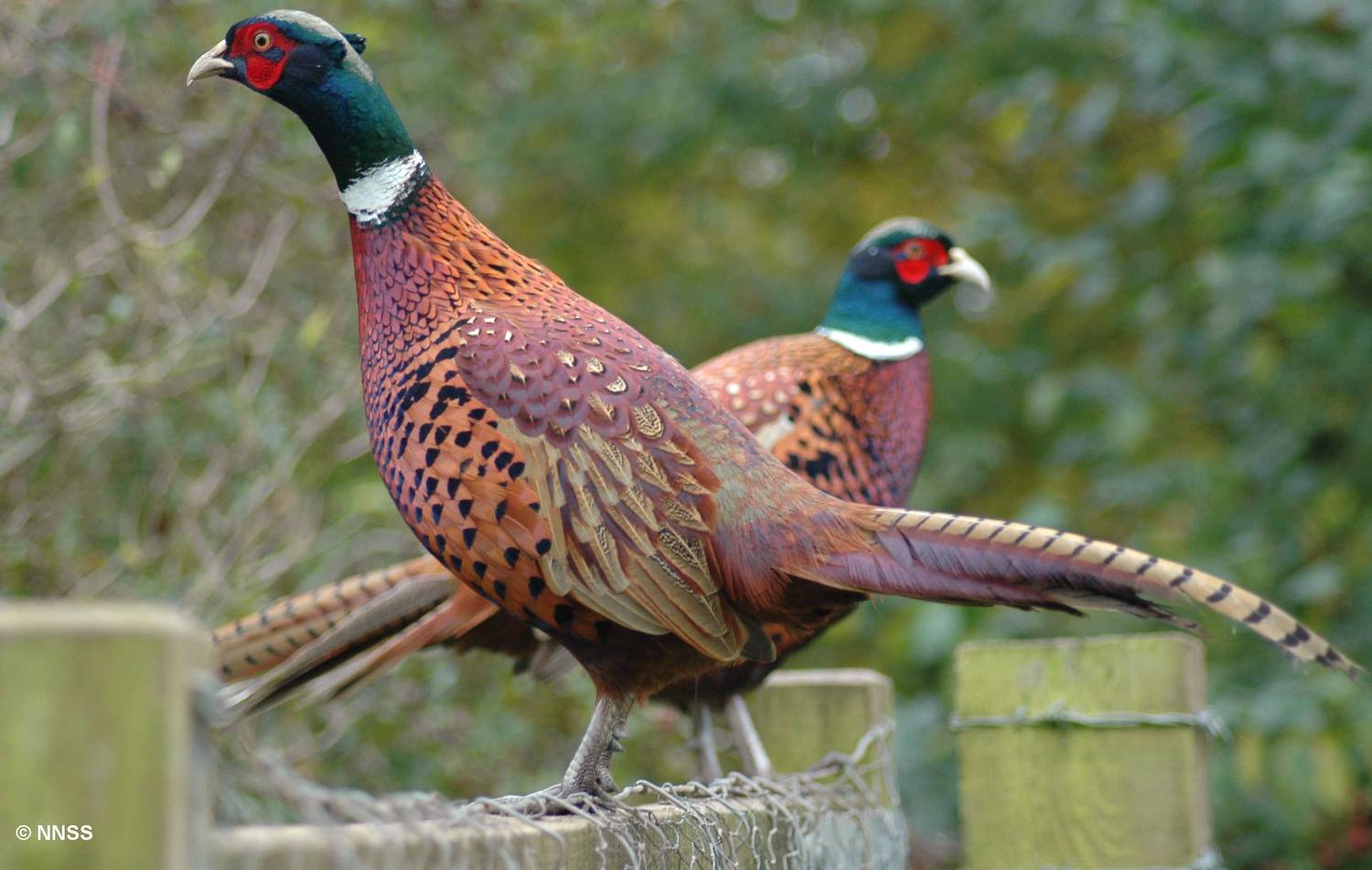Stamp: Green Pheasant (Phasianus versicolor), Agrias narcissus (Manama 1972)
Green Pheasant (Phasianus versicolor), Agrias narcissus (Manama 1972)
01 January (Manama ) within release Butterflies and birds goes into circulation Stamp Green Pheasant (Phasianus versicolor), Agrias narcissus face value 1 Qatari riyal
| Stamp Green Pheasant (Phasianus versicolor), Agrias narcissus in catalogues | |
|---|---|
| Michel: | Mi: AJ-MN 1231B |
| Colnect codes: | Col: AJ-MN 1972.00.00-200a |
Stamp is square format.
Also in the issue Butterflies and birds:
- Stamp - Butterflies and Parrots face value 10;
- Stamp - Butterfly and Golden Pheasant (Chrysolophus pictus) face value 20;
- Stamp - Butterflies and Birds face value 30;
- Stamp - Butterfly and Bird face value 40;
- Stamp - Butterfly and Brown Eared-pheasant (Crossoptilon mantchuricu face value 50;
- Stamp - Butterfy and Green Pheasant (Phasianus versicolor) face value 1;
- Souvenir Sheet - Butterfly and Birds face value 3;
- Stamp - Blood Pheasant, Gaudy Commodore face value 30;
- Stamp - Blue Morpho, Long-Tailed Parakeet (Psittacula longicauda) face value 10;
- Stamp - Golden Pheasant (Chrysolophus pictus), Butterfly face value 20;
- Stamp - Green Pheasant (Phasianus versicolor), Agrias narcissus face value 1;
- Stamp - Purple Hairstreak, Brown Eared-Pheasant face value 50;
- Stamp - Sunset Morpho, Scale-Feathered Malkoha face value 40;
Stamp Green Pheasant (Phasianus versicolor), Agrias narcissus it reflects the thematic directions:
Animals are multicellular, eukaryotic organisms of the kingdom Animalia (also called Metazoa). All animals are motile, meaning they can move spontaneously and independently, at some point in their lives. Their body plan eventually becomes fixed as they develop, although some undergo a process of metamorphosis later on in their lives. All animals are heterotrophs: they must ingest other organisms or their products for sustenance.
Birds (Aves), a subgroup of Reptiles, are the last living examples of Dinosaurs. They are a group of endothermic vertebrates, characterised by feathers, toothless beaked jaws, the laying of hard-shelled eggs, a high metabolic rate, a four-chambered heart, and a strong yet lightweight skeleton. Birds live worldwide and range in size from the 5 cm (2 in) bee hummingbird to the 2.75 m (9 ft) ostrich. They rank as the class of tetrapods with the most living species, at approximately ten thousand, with more than half of these being passerines, sometimes known as perching birds. Birds are the closest living relatives of crocodilians.
Lepidoptera or lepidopterans is an order of winged insects which includes butterflies and moths. About 180,000 species of the Lepidoptera have been described, representing 10% of the total described species of living organisms, making it the second largest insect order (behind Coleoptera) with 126 families and 46 superfamilies, and one of the most widespread and widely recognizable insect orders in the world
Insects (from Latin insectum, a calque of Greek ἔντομον [éntomon], "cut into sections") are a class (Insecta) of hexapod invertebrates within the arthropod phylum that have a chitinous exoskeleton, a three-part body (head, thorax and abdomen), three pairs of jointed legs, compound eyes and one pair of antennae. They are the most diverse group of animals on the planet, including more than a million described species and representing more than half of all known living organisms. The number of extant species is estimated at between six and ten million, and potentially represent over 90% of the differing animal life forms on Earth. Insects may be found in nearly all environments, although only a small number of species reside in the oceans, a habitat dominated by another arthropod group, crustaceans. The life cycles of insects vary but most hatch from eggs. Insect growth is constrained by the inelastic exoskeleton and development involves a series of molts. The immature stages can differ from the adults in structure, habit and habitat, and can include a passive pupal stage in those groups that undergo 4-stage metamorphosis (see holometabolism). Insects that undergo 3-stage metamorphosis lack a pupal stage and adults develop through a series of nymphal stages. The higher level relationship of the Hexapoda is unclear. Fossilized insects of enormous size have been found from the Paleozoic Era, including giant dragonflies with wingspans of 55 to 70 cm (22–28 in). The most diverse insect groups appear to have coevolved with flowerin plants.
Pheasants (/ˈfɛzənts/ FEH-zənts) are birds of several genera within the family Phasianidae in the order Galliformes. Although they can be found all over the world in introduced (and captive) populations, the pheasant genera's native range is restricted to Eurasia. The classification "pheasant" is paraphyletic, as birds referred to as pheasants are included within both the subfamilies Phasianinae and Pavoninae, and in many cases are more closely related to smaller phasianids, grouse, and turkey (formerly classified in Perdicinae, Tetraoninae, and Meleagridinae) than to other pheasants




